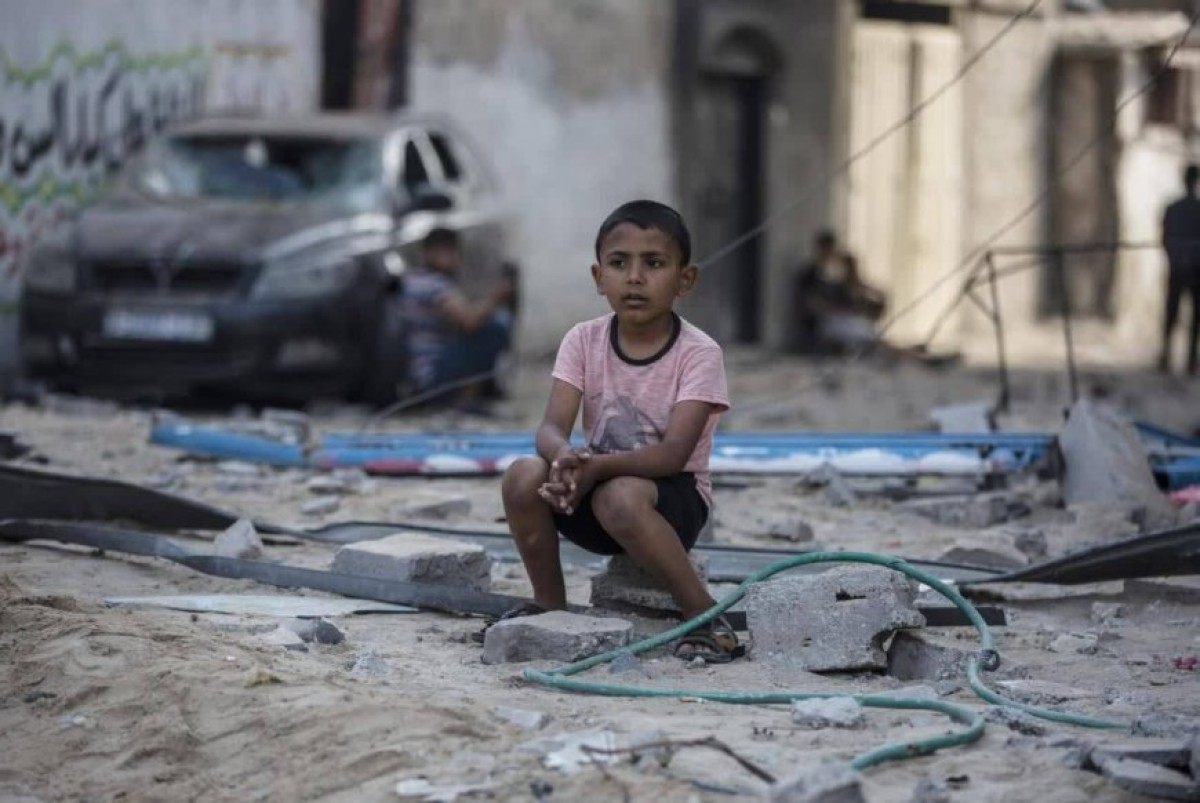 238
238
Gaza's Unyielding Resistance: Defying Israel's Strategies of Displacement
The Israeli regime, employing a range of tactics including systematic destruction and war crimes against Palestinian civilians, has consistently pursued an agenda aimed at compelling Palestinians to abandon their ancestral lands and seek refuge in foreign countries.
By: H. Zaïm-Bashi
By implementing this plan, the regime attempts to facilitate its ultimate objective: the complete occupation of Palestine. Consequently, throughout the recent conflict between Hamas and Israel, we have witnessed Israeli actions in furtherance of this agenda.
The Israeli regime's resettlement plan for Palestinians encompasses four distinct population segments: the West Bank, the Gaza Strip, the 1948 territories, and locations outside Palestine. Over the years of occupation, the regime has devised meticulously tailored strategies for each of these areas, all with the intention of uprooting the Palestinian populace. These comprehensive plans, designed to empty Palestine of its indigenous people, comprise the following:
1. Sharon's Alternative Homeland Plan: This blueprint proposes the relocation of Palestinians residing in the West Bank to Jordan, thereby establishing a new Palestine within Jordan's boundaries.
2. Neom City Plan: Although implemented in Saudi Arabia, this plan allegedly attracts significant investment from Israelis. By enticing Palestinians with false economic promises, the regime encourages their migration to Saudi Arabia, where they are expected to settle in Neom City.
3. Red Sea Tourism Area Plan: Originally devised by Saudi Arabia to invigorate tourism in the region, the project's implications have been interpreted as a means to force Palestinians to immigrate, also mirroring the Neom City Plan.
4. Doctrine of Dahiya: This military strategy revolves around deliberately targeting civilian infrastructure during asymmetric urban warfare. By exerting pressure on civilians and inflicting immense suffering upon them, this strategy aims to enhance deterrence against Palestinian resistance groups.
In the recent conflict between the Israeli regime and the Palestinian resistance in the Gaza Strip, we observed the initial implementation of the Dahiya doctrine by the regime's military leaders. Faced with successive defeats, they sought to compensate for their failures by compelling the Palestinian resistance to retreat, ultimately achieving a form of deterrence. Despite the bombardment of civilian areas and the tragic loss of innocent lives, the regime failed to break the indomitable will of the Palestinian resistance and the people of Gaza. Consequently, Israel has escalated its bombing campaign, rendering numerous areas uninhabitable even after the cessation of hostilities. This approach aligns seamlessly with the plans of forced displacement of Palestinians.
What is particularly striking about the brutal Dahiya Doctrine is the unabashed acknowledgement of this form of war crime by the regime's authorities. This is not the first instance in which they have resorted to this strategy, as it was previously employed during the 2008 Gaza war, albeit to a lesser extent. The United Nations fact-finding panel on the Gaza conflict in 2009 extensively addressed Israel's Doctrine of Dahiya, recognizing it as a concept that the Israelis embraced for the purpose of annihilating Palestinians in Gaza.
In the recent conflict, an aspect of this strategy that has garnered less attention is the doctrine's impact on suburban areas, infrastructure demolition, and the ensuing pressure on civilians. This approach serves to shape global public opinion. As the international community increasingly condemns the Israeli regime and its abhorrent war crimes, this represents the regime's last-ditch effort to convey a message that continued resistance by Palestinian resistance will leave them bereft of a homeland. Essentially, the regime seeks to safeguard its image in the face of heavy defeats suffered during this war.
Moreover, unwilling to tolerate internal insecurity without having achieved any of its objectives, Israel yearns for vengeful retribution against the Palestinian resistance.
In conclusion, the Doctrine of Dahiya, apart from its evident external effects such as destroying basic infrastructure, is intended as a deterrent strategy. It aligns with plans such as an alternative homeland for Palestinians and other initiatives devised to forcibly displace Palestine's original inhabitants. Nevertheless, the people of the Gaza Strip and the Palestinian resistance have demonstrated that these strategies are inconsequential, reaffirming their steadfast resilience. History has shown that surviving women and children play a pivotal role in the reconstruction of their homeland. Hence, the destruction of infrastructure only serves to bolster Palestinian civilians' motivation in their eternal resistance.
 238
238
neurontnM
07 Jan 2026